AMSTERDAM. “Apartheid & After” è il titolo della mostra che fino all’8 giugno sarà esposta alla Huis Marseille nata da un’idea del fotografo David Goldblatt con lo scopo di presentare la qualità, la diversità e il dinamismo della fotografia sudafricana contemporanea al pubblico olandese. Un’esposizione che rivela come la forza del recente passato possa influenzare la percezione del presente e un tema che è diventato il filo conduttore dei dodici fotografi che espongono per “Apartheid & After” che hanno dovuto arginare le difficoltà di essere fotografi in Sud Africa, ovvero hanno dovuto mostrare la realtà attraverso un approccio sobrio in un Paese colorato e stravagante che però ha subito traumi e non ha certo goduto dello sfruttamento dell’industria turistica odierna.
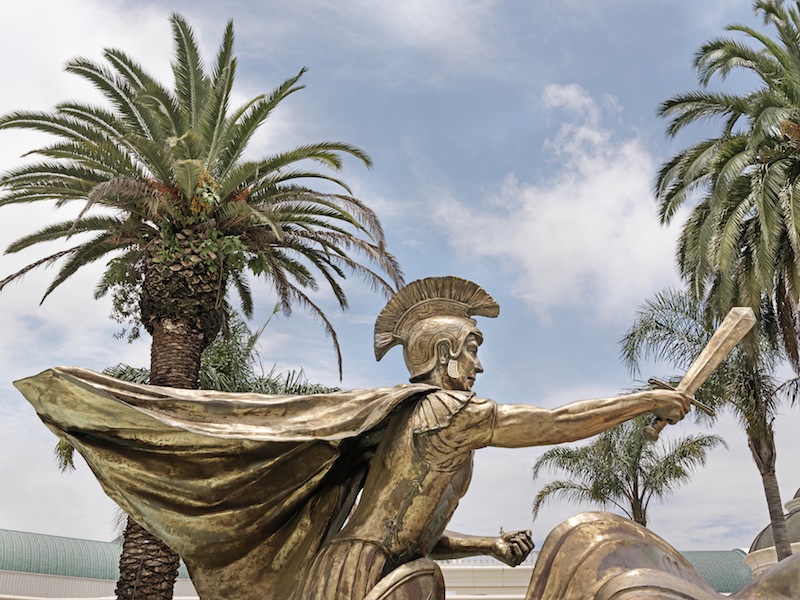
Tra i fotografi in mostra David Goldblatt affiancato da Guy Tillim, Jo Ractliffe, Santu Mofokeng, Zanele Muholi e Pieter Hugo e da un nuovo gruppo di fotografi più giovani come Mikhael Subotzky, Daniel Naudé e Sabelo Mlangeni. E a dimostrare come sia mutata la fotografia contemporanea sudafricana ringraziamento vanno anche al Market Photo Workshop a Johannesburg, dove – sotto la guida di John Fleetwood – molti talenti notevoli sono emersi nel corso di un periodo relativamente breve di tempo.
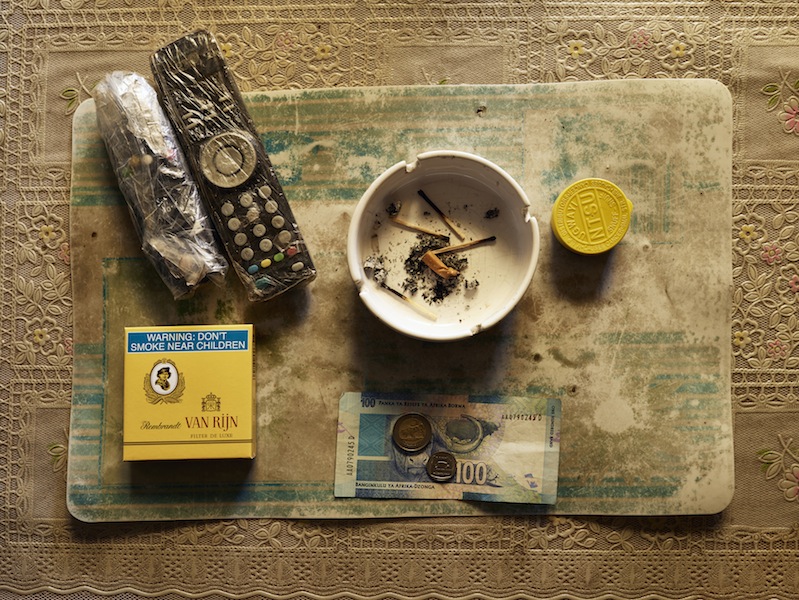
Ma vediamo la mostra che si apre con la serie Particulars di Goldblatt (1975), un primo piano di una società multiculturale nei parchi di Johannesburg che racconta il mutamento dei rapporti umani tramite l’abbigliamento e il linguaggio del corpo. Ancora: Jo Ractliffe mostrerà la sua recente serie Borderlands (2013) costituita da sobrie immagini in bianco e nero di luoghi da cui il South African Defence Force ha operato durante la guerra in Angola mentre Pieter Hugo, in Kin (2013), ha ritratto gli Afrikaners di oggi.
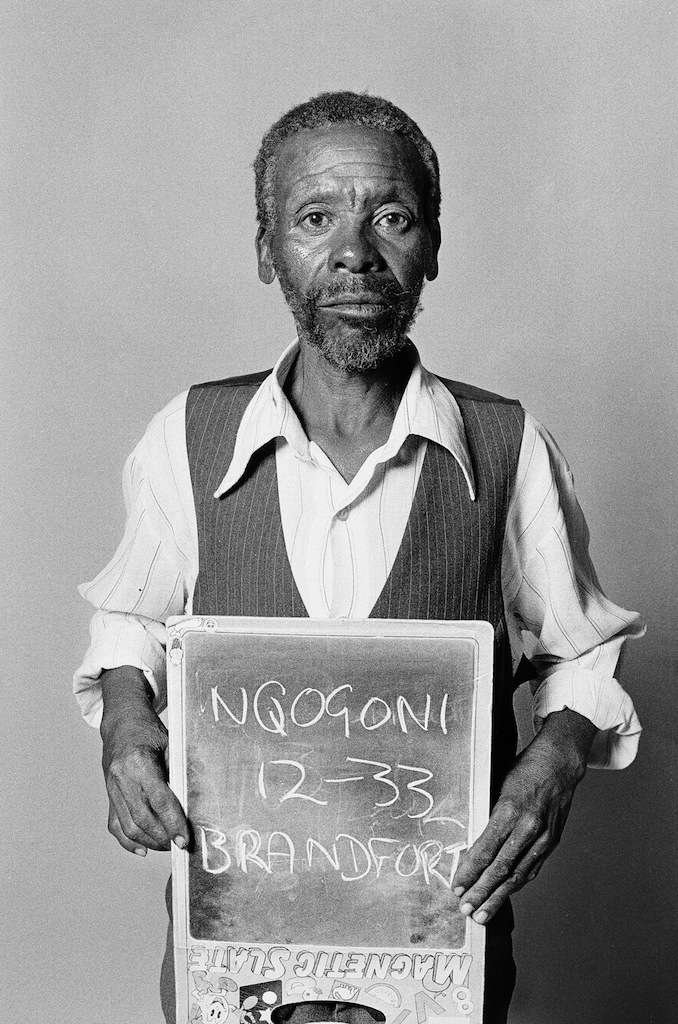
Incursioni nel passato si trovano nei ritratti di Paul Alberts “Democratic Portraits” e in “Petros Village” (2006), un progetto realizzato in Malawi che porta la firma di Guy Tillim. Ancora, gli estratti dalla serie Santu Mofokeng’s Bloemhof (1988) mostrano come si viveva da inquilino nella fattoria di un uomo bianco o nell’isolamento di una borgata; ritratti in netto contrasto con gli scatti di Hugh Exton che ha ritratto ricchi e poveri, nero e bianchi senza distinzioni tra loro, mostrando la stessa cura e rispetto.
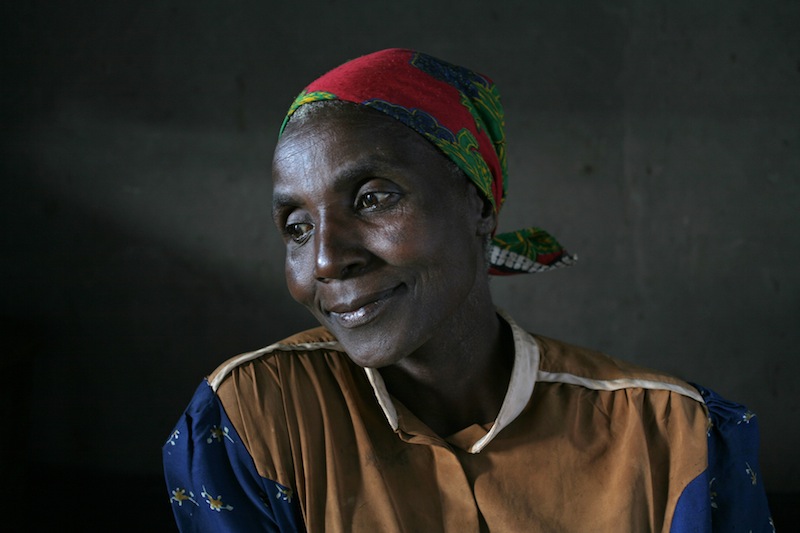
English version. “Apartheid & After” @Huis Marseille | 8th June. Paul Alberts, Hugh Exton, David Goldblatt, Pieter Hugo, Santu Mofokeng, Sabelo Mlangeni, Zanele Muholi, Daniel Naudé, Jo Ractliffe, Mikhael Subotzky, Guy Tillim, Paul Weinberg, Graeme Williams and the Market Photo Workshop in Johannesburg.
The exhibition Apartheid & After reveals how powerfully the recent past can colour our perception of the present; this theme runs through the work of all twelve participating photographers after 1990. However powerful the individual images may be, this is photography with a hidden agenda – in a positive sense of the word. Knowledge of the past brings the present into sharp focus, and vice versa. It’s a tightrope act. Being a photographer in South Africa demands a sober, articulate, and skilled approach to the country’s burden of memory, trauma, and resulting guilt, as well as to the mysterious colouring and extravagant beauty of Africa so eagerly exploited by today’s tourist industry.
The exhibition Apartheid & After, which is based on an idea by David Goldblatt, aims to display the quality, diversity and dynamism of contemporary South African photography to a Dutch audience; there are, after all, historic links between the two countries. Today, twenty years after South Africa’s first-ever free elections were held in 1994, Goldblatt is not alone in having a solid international reputation; he is joined by Guy Tillim, Jo Ractliffe, Santu Mofokeng, Zanele Muholi and Pieter Hugo, as well as by a new cohort of younger photographers such as Mikhael Subotzky, Daniel Naudé, and Sabelo Mlangeni. The dynamism and breadth of contemporary South African photography is due in no small part to the Market Photo Workshop in Johannesburg, where – under John Fleetwood’s leadership – many remarkable talents have emerged over a comparatively short period of time.
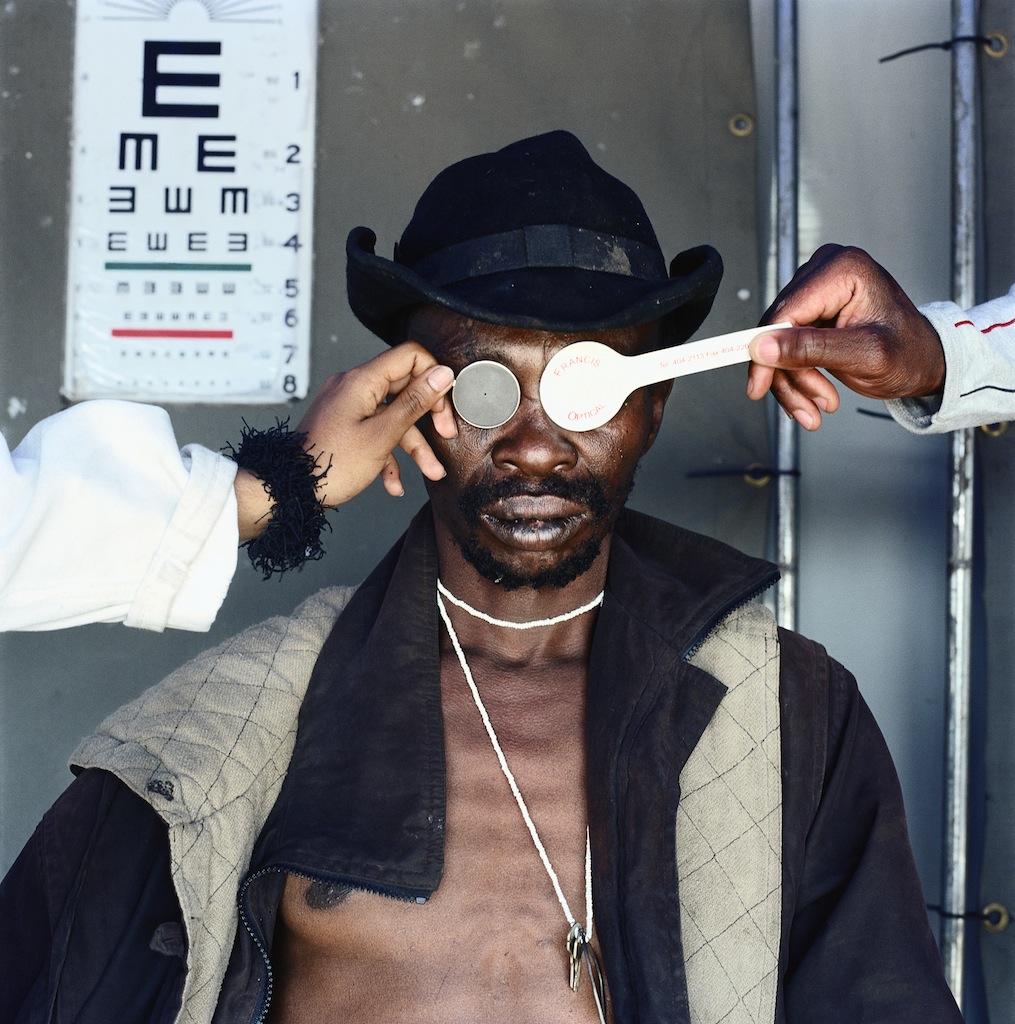
The exhibition opens with Goldblatt‘s own series Particulars (1975), close-ups of a multicultural society at leisure in Johannesburg parks. These telling images of clothing and body language speak volumes about human relations at the time. The exhibition then fans out; almost every photographer is given their own museum gallery and explores their own, often contemporary, theme. Jo Ractliffe, for instance, is showing her recent Borderlands series (2013), sober black-and-white images of locations from which the SADF (South African Defence Force) operated during the war in Angola, while Pieter Hugo’s Kin (2013) portrays today’s Afrikaners. Elsewhere there are forays into the past; for example, Democratic Portraits by the late photographer Paul Alberts, whose portraits of so-called ‘forgotten citizens’ in the city hall of Majwemasweu, a township in Free State, were originally intended simply as ID photographs. In 1994 these photographs also gave some of South Africa’s poorest inhabitants the right to take part in the first democratic elections to be held in the country since the Apartheid years, so today these ‘small’ portraits strike us as monumental. Petros Village (2006), made in Malawi, is Guy Tillim at his most lyrical and uncomplicated. Excerpts from Santu Mofokeng’s Bloemhof Series (1988) show us what it was like to live as a tenant on a white man’s farm, or in the isolation of a township. They stand in stark contrast to Hugh Exton’s portraits, taken around 1910 in the small settlement of Pietersburg (now Polokwane). Exton took photographs of every person – rich and poor, black, white and coloured – who came to his studio. He portrayed everyone with the same care and respect, drawing no distinctions between them, which was most exceptional in South Africa at that time. Exton’s work, shown here for the first time ever outside the country, paints a proud picture of an early, thoroughly multicultural South African community.
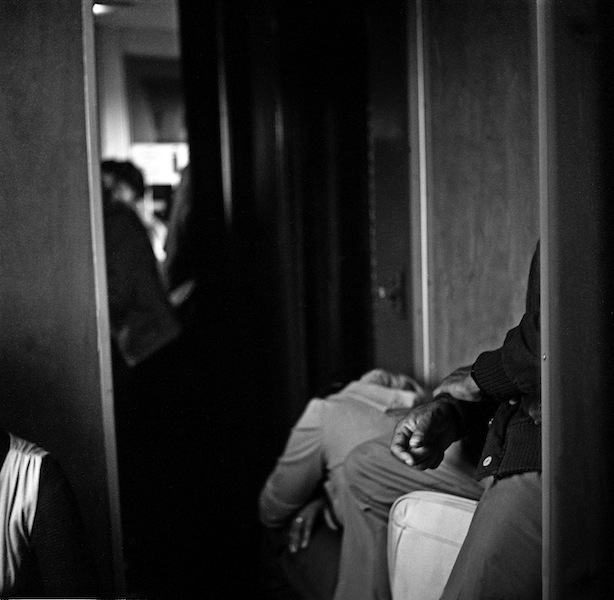
The new South Africa is revealed as a country with many faces, and the ways its complex past is affecting its present is a tangible theme in the work being shown by all twelve photographers. If the younger photographers’ work takes a little more distance, perhaps, from the past than that of their older colleagues, the viewer’s own mental images might quickly re-establish this connection. Daniel Naudé’s contemporary animal portraits are a good example of this; even here, visual associations with the way life used to be in the country, and connections between people and animals, inexorably push their way to the foreground.
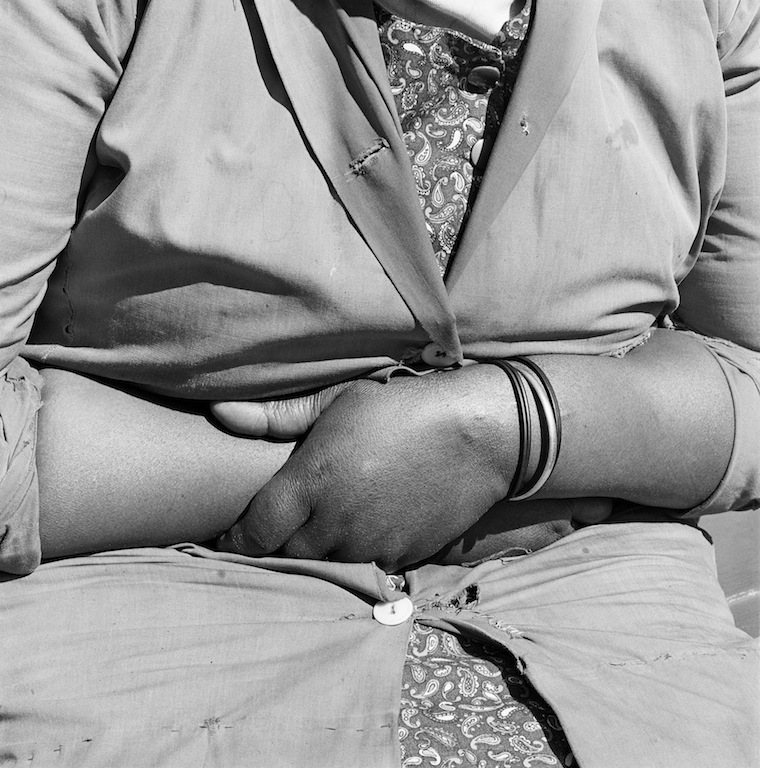
In Apartheid & After the past is alive and kicking, but historic facts are brought into a visual dialogue with the world of today – history is key to the present, and vice versa. In the history of South African photography, political upheaval imposed an urgency which in turn led to today’s rich and diverse spectrum of positions – with no comparison yet in sight. Good photographs are the telling details of a greater whole, and in this exhibition it is precisely the special filtering of detail – a myriad of deceptively simple things – which so clearly delineate the broad sweep of history.

